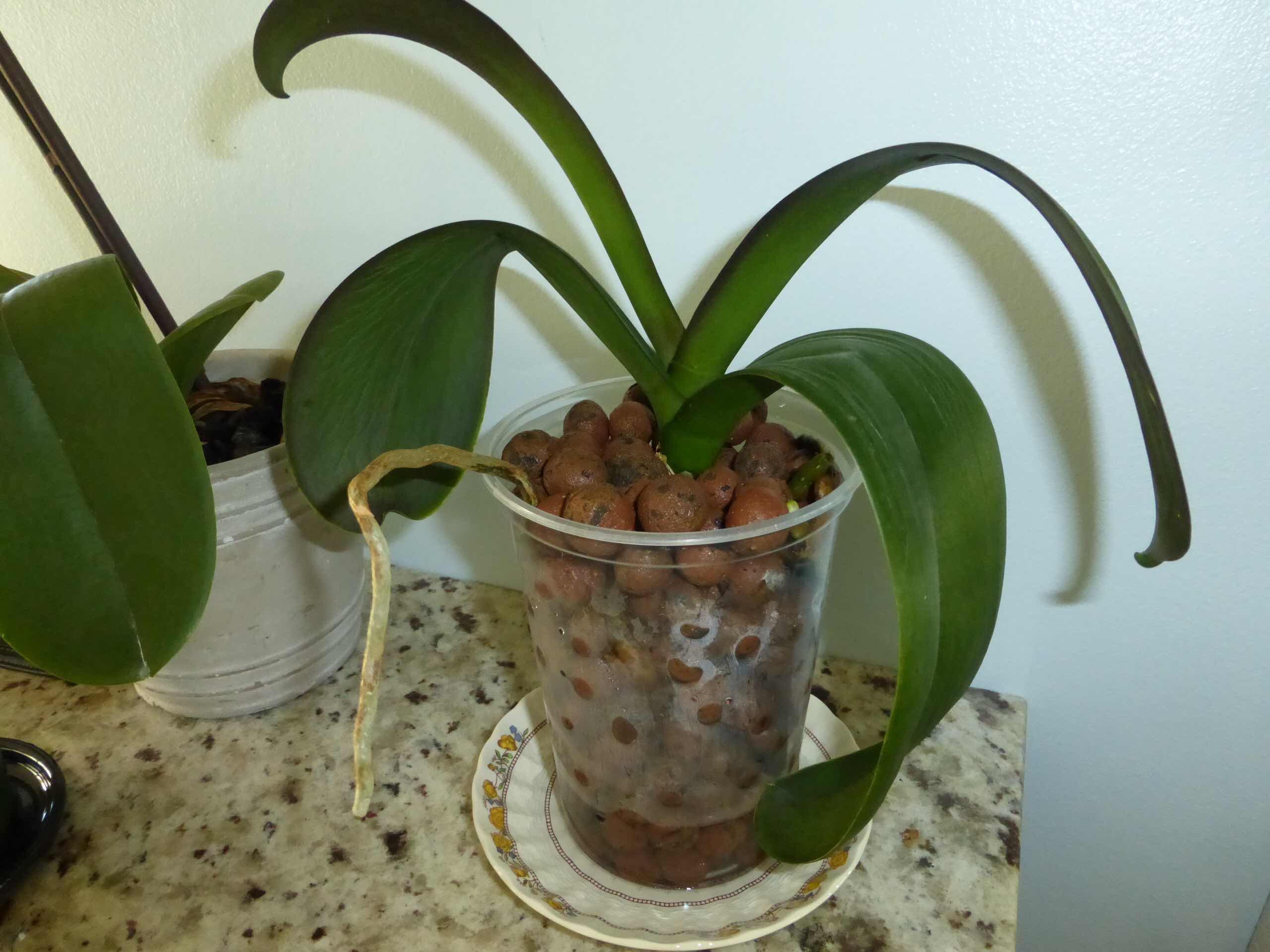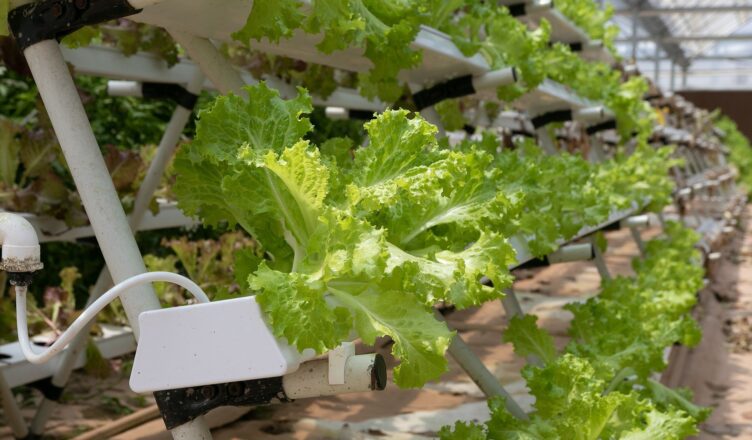You’re in for a treat if you want to try semi-hydro for your indoor plants. The semi-hydroponic method is gaining popularity among plant enthusiasts as a way to simplify plant care and promote healthier growth. This approach offers a unique balance between traditional soil-based planting and full hydroponics. In this article, we will explore the semi-hydroponic method and how you can implement it to cultivate thriving indoor plants.

Understanding Semi-Hydroponics
Semi-hydroponics, often called “semi-hydro,” is a cultivation technique combining elements of hydroponics and traditional potting. It involves growing plants in a soil-less or soil-lite medium, where the plant roots are partially submerged in a nutrient solution while also having access to air.
Advantages of Semi-Hydroponics
Enhanced Oxygen Supply: One of the primary benefits of semi-hydroponics is the improved oxygen supply to plant roots. The presence of air in the growing medium allows for better aeration, preventing root suffocation and promoting healthier root growth.
- Better Nutrient Uptake: Plants in a semi-hydroponic setup have direct access to a consistent supply of nutrients, leading to faster growth and potentially higher yields than traditional soil-based methods.
- Reduced Risk of Overwatering: Overwatering is a common issue in traditional gardening. Semi-hydroponics minimizes this risk since excess water can easily drain away, preventing root rot and other moisture-related problems.
- Easier Maintenance: The semi-hydroponic method simplifies plant care, requiring less frequent watering and fewer worries about soil quality. This makes it an excellent choice for busy individuals or those new to gardening.

Getting Started with Semi-Hydroponics
Here’s a step-by-step guide to help you get started with the semi-hydroponic method for your indoor plants:
- Choose Suitable Containers: Select containers with good drainage, such as transparent plastic or glass pots. This will allow you to monitor water levels and root health easily.
- Select the Right Growing Medium: Opt for a soil-less or soil-lite medium, like LECA (Lightweight Expanded Clay Aggregate) or perlite. These materials provide excellent aeration and drainage.
- Prepare a Nutrient Solution: Mix a balanced nutrient solution according to the needs of your specific plants. Follow the instructions on the fertilizer packaging for the correct dilution ratios.
- Pot Your Plants: Carefully transplant your indoor plants into the chosen containers filled with the selected growing medium. Ensure that the roots are partially submerged in the medium.
- Maintain the Water Level: Keep an eye on the water level in the container. Ensure that the bottom portion of the roots remains in contact with the nutrient solution, but avoid fully submerging them.
- Monitor Nutrient Levels: Regularly check and adjust the nutrient solution’s strength and pH to meet your plants’ requirements. Nutrient imbalances can affect plant health.
- Pruning and Maintenance: Prune your plants as needed to encourage healthy growth. Maintain a consistent environment, including adequate lighting and temperature.
- Observe Growth and Adapt: How your plants respond to the semi-hydroponic method. Adjust the growing conditions and nutrient solution as necessary to optimize growth.
Conclusion
The semi-hydroponic method offers a promising alternative for indoor plant enthusiasts. It combines the best of both worlds, providing improved oxygenation, nutrient uptake, and easier maintenance. If you want to try semi-hydro for your indoor plants, follow the steps outlined above, and you’ll be well on your way to cultivating lush and healthy greenery in your home.

